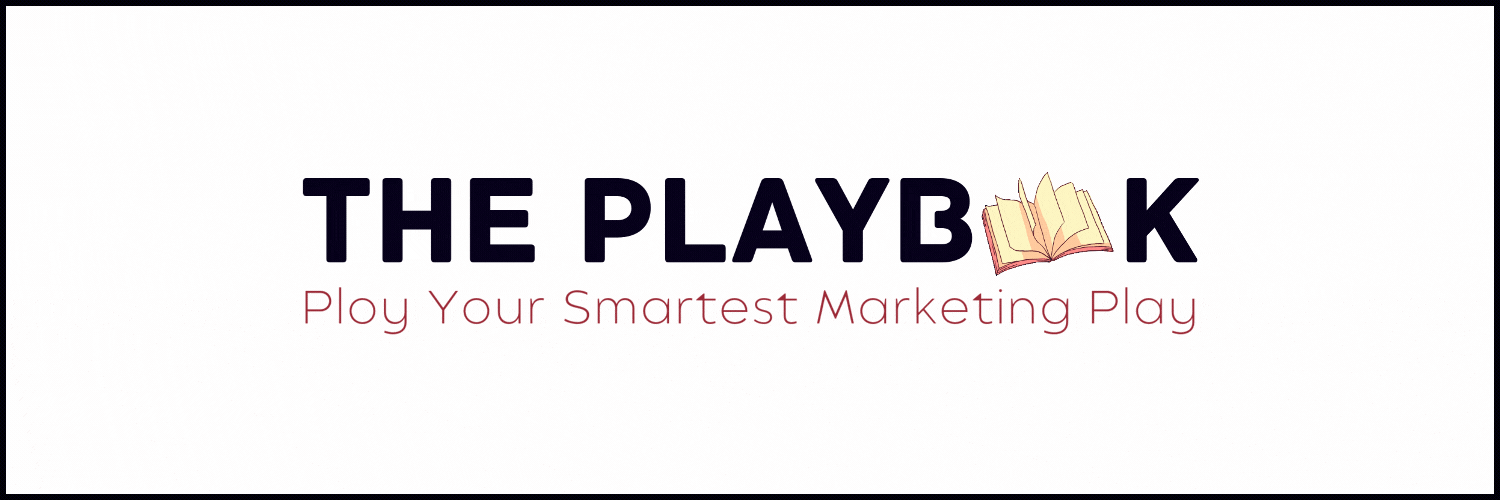The Choice Architecture
🧠 How Smart Brands Engineer Decisions Before You Make Them

Hey Readers 🥰
Welcome to today’s edition, bringing the latest growth stories fresh to your inbox.
And just a quick heads-up! If you stumbled upon us through a friend, make sure to subscribe below! That way, you’ll never miss out on the trending stories.
🧠 The Choice Architecture Advantage: How Smart Brands Engineer Decisions Before You Make Them
Great marketing isn’t about adding more features—it’s about removing more friction. The highest-performing brands today win not because they offer better products, but because they engineer better decisions. That’s the power of choice architecture: subtle changes in how choices are presented can dramatically shift what customers choose.
Take Who Gives A Crap, the eco-friendly toilet paper brand. They don’t just sell paper—they sell a value system. But more importantly, they design the customer’s decision before they reach checkout.
On their subscription page, one quiet line transforms the entire experience:
“Most customers choose the 48-roll box—it lasts 3 months.”
That’s not a suggestion. It’s a psychological cue. It removes buyer anxiety, signals popularity, and anchors perception around a quantity that feels logical and responsible. According to internal testing, this default line drives the majority of new subscriptions and increases AOV by 18%.
This is where elite marketers operate—not with flash, but with friction design.
How to Architect Smarter Customer Decisions
1. Use Social Anchors to Normalize Action
“Most people choose X” isn’t persuasion—it’s permission. It signals safety in numbers, reducing analysis paralysis. The more uncertain the decision, the more powerful the herd becomes.
2. Offer Defaults That Make Customers Feel Smart
Pre-select options aligned with your business goals (higher quantity, bundling), but frame them as the savvy choice. Done right, the default becomes a favor, not a push.
3. Make the “Best” Option Look Effortless
Use visual hierarchy—badges, highlights, and layout—to guide attention. The right box shouldn’t just be seen—it should feel inevitable. Design is persuasion without pressure.
4. Anchor to Behaviors, Not Just Prices
Don’t just say “Save 20%.” Say “This lasts 90 days, so you won’t run out.” Behavioral framing tells the customer what problem they’re solving, not just what they’re paying.
The smartest brands don’t shout louder. They guide quieter. They design paths where the customer feels like they’re leading—when in fact, they’re being beautifully led.
Choice isn’t freedom.
It’s frictionless persuasion.
Partnership with Poplar
How Kettle & Fire leveraged direct mail to win back customers
Email and digital ad performance aren’t what they used to be, and brands are looking for new, efficient ways to reengage their customers and drive repeat purchases.
That’s why Kettle & Fire turned to direct mail with Poplar to reach valuable customers who simply weren’t engaging with their email campaigns.
Using Poplar’s easy Klaviyo integration, Kettle & Fire targeted lapsed customers who didn’t open their emails with a 1:1 mailer that fit into their existing Klaviyo workflows. Not only did this immediately boost the response rates of that group by 1.4%+, it drove over 15x ROI.
Don’t take our word for it, hear it from them directly: “We use Poplar for our win-back campaigns, and they’ve consistently shown a super high ROAS with personalized messaging and content.”
Want to see how direct mail can drive more conversions for your brand?
💪Tweet Of The Day

Advertise with Us
70% of email clicks are bots but not with The Playbook. Reach real human buyers with verified clicks and only pay for actual engagement.
We'd love to hear your feedback on today's issue! Simply reply to this email and share your thoughts on how we can improve our content and format. 😍